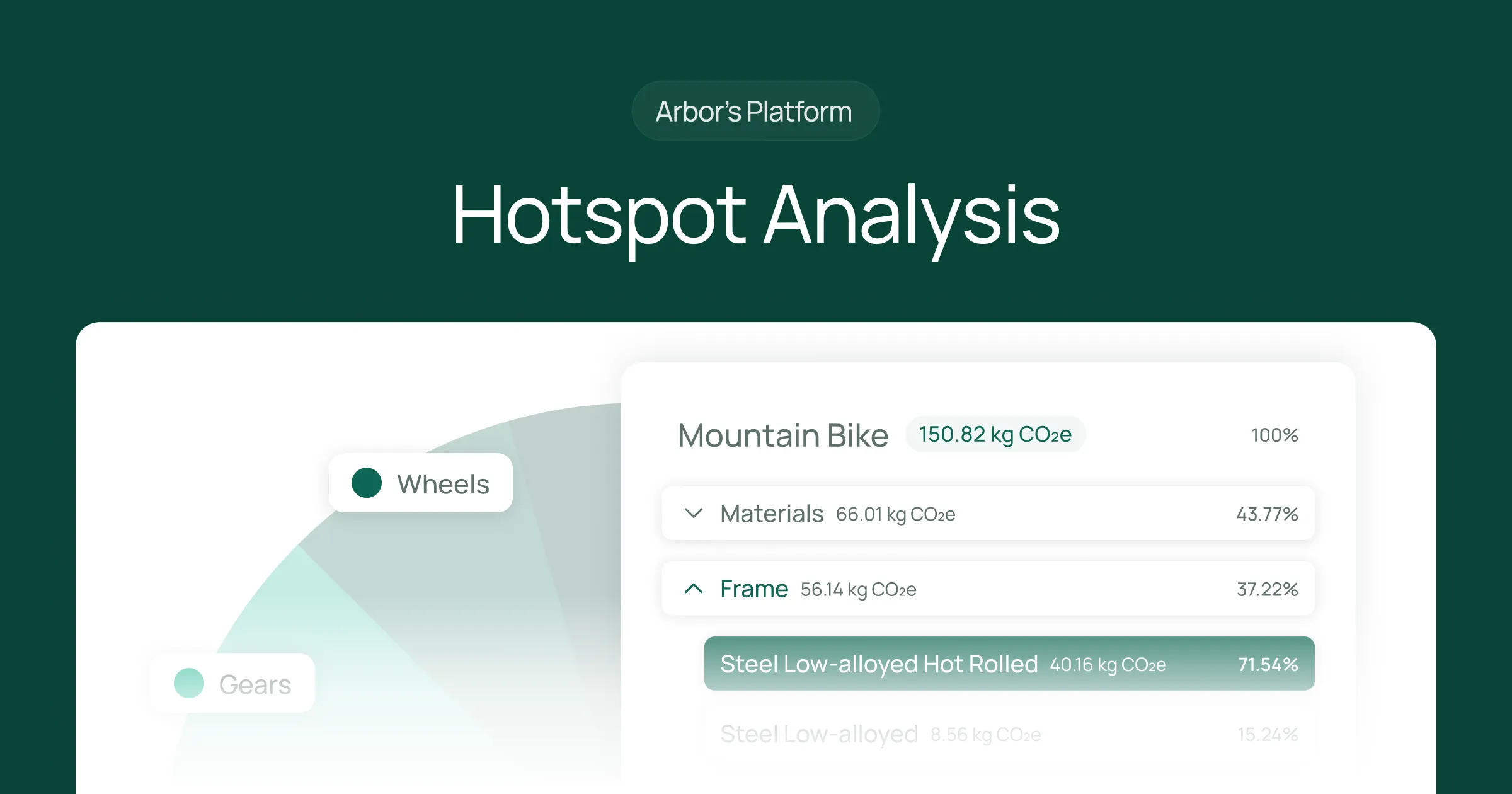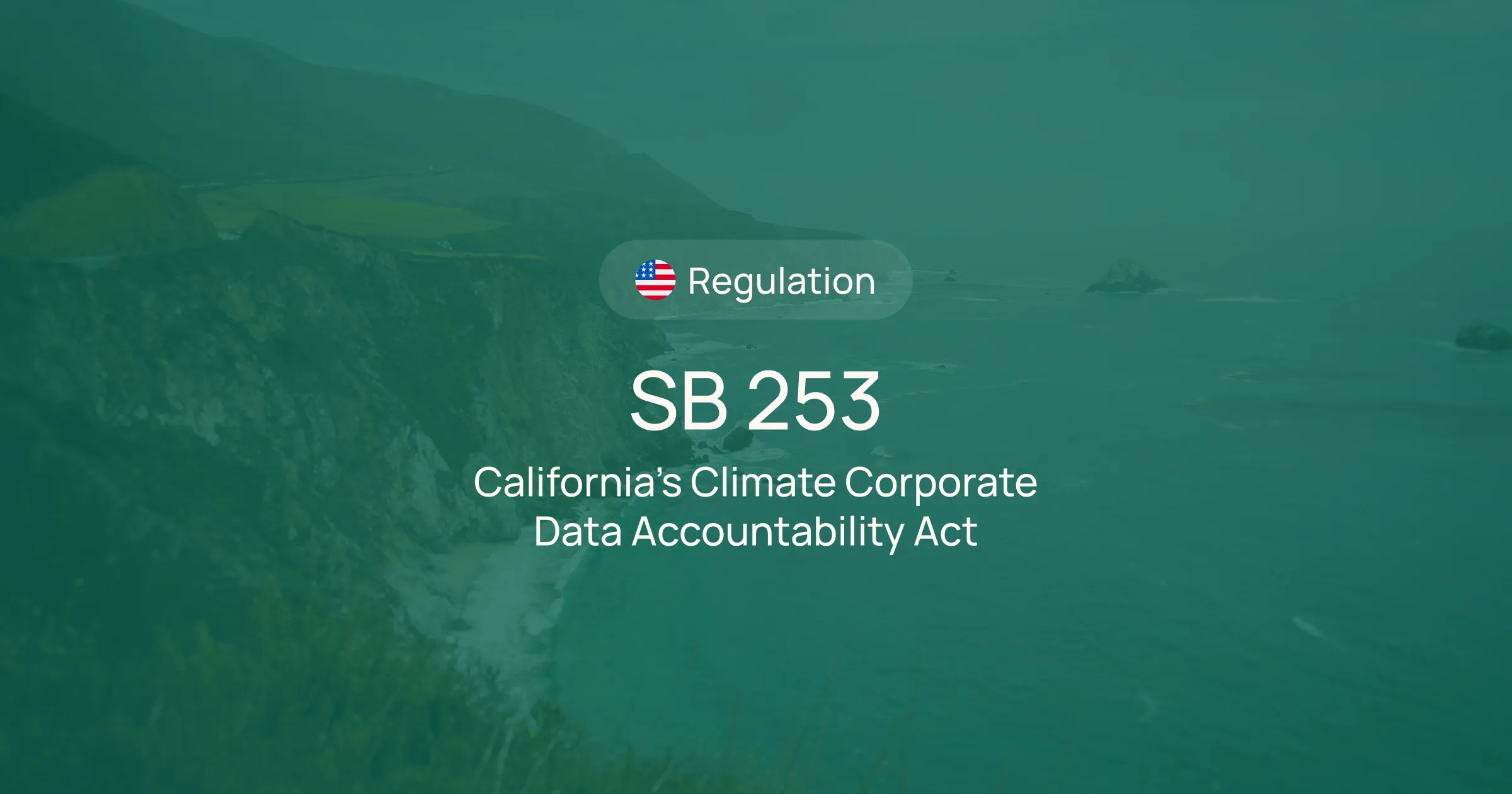Avoided emissions refer to the decrease in greenhouse gas emissions that can be attributed to the implementation of sustainable practices or technologies. These emissions would have been released into the atmosphere if not for the intervention of such practices or technologies. This concept is fundamental to carbon management and sustainability, as it provides a quantifiable measure of the positive impact of sustainable initiatives.
Understanding avoided emissions is crucial in the context of climate change mitigation. By quantifying the emissions that have been prevented through sustainable practices, we can better understand the effectiveness of these practices and make informed decisions about where to focus our efforts. This article will delve into the concept of avoided emissions, exploring its definition, calculation, importance, and implications in the context of carbon management.
Definition of Avoided Emissions
Avoided emissions are the amount of greenhouse gases, primarily carbon dioxide (CO2), that are not released into the atmosphere as a result of implementing sustainable practices or technologies. These emissions are 'avoided' because they would have been emitted under a 'business as usual' scenario, where no such practices or technologies were implemented.
The concept of avoided emissions is used in various sectors, including energy, transportation, and agriculture. For example, the adoption of sustainable farming practices can result in avoided emissions by reducing the amount of methane (a potent greenhouse gas) released from livestock and rice cultivation.
Types of Avoided Emissions
There are two main types of avoided emissions: direct and indirect.
Direct avoided emissions
are those that are prevented at the source. For example, if a coal-fired power plant is replaced with a solar farm, the CO2 that the coal plant would have emitted is considered directly avoided emissions.
Indirect avoided emissions
are those that are prevented as a result of the actions taken to reduce direct emissions. Using the same example, if the solar farm encourages the local community to adopt solar power, the emissions that would have been produced by the community's previous energy sources are considered indirect avoided emissions.
Calculation of Avoided Emissions
The calculation of avoided emissions involves comparing the emissions that would have been produced under a 'business as usual' scenario with the emissions that are actually produced after implementing sustainable practices or technologies. This difference represents the amount of emissions that have been avoided.
There are various methodologies for calculating avoided emissions, depending on the sector and the specific sustainable practice or technology in question. These methodologies take into account factors such as the type of greenhouse gas, the lifespan of the practice or technology, and the geographic location.
Methodologies for Calculating Avoided Emissions
One common methodology for calculating avoided emissions is the Life Cycle Assessment (LCA). This approach considers all stages of a product or service's life cycle, from raw material extraction to end-of-life disposal, to determine the total amount of emissions that are avoided.
Another methodology is the Emission Factor Approach, which uses emission factors (i.e., the amount of emissions produced per unit of activity) to estimate avoided emissions. This approach is often used in the energy sector, where emission factors for different types of energy sources are well-established.
Importance of Avoided Emissions
Avoided emissions play a crucial role in climate change mitigation. By quantifying the emissions that are prevented through sustainable practices, we can measure the effectiveness of these practices and make informed decisions about where to focus our efforts.
Furthermore, avoided emissions can serve as a powerful tool for communicating the impact of sustainable initiatives. By demonstrating the amount of emissions that have been prevented, organizations can show their commitment to sustainability and encourage others to adopt similar practices.
Role in Climate Change Mitigation
Climate change is largely driven by the increase in greenhouse gas emissions, particularly CO2. Therefore, any effort to reduce these emissions can contribute to climate change mitigation. Avoided emissions represent a tangible measure of this reduction, providing a clear indication of the progress made toward mitigating climate change.
Moreover, by focusing on avoided emissions, we can identify the most effective strategies for reducing emissions. This helps prioritize resources and efforts, ensuring that the greatest possible impact is achieved.
Implications of Avoided Emissions
The concept of avoided emissions has several implications for carbon management and sustainability. First, it highlights the importance of sustainable practices and technologies in reducing greenhouse gas emissions. Second, it provides a quantifiable measure of the impact of these practices and technologies, which can be used to inform decision-making and communicate the benefits of sustainability.
However, the concept of avoided emissions also raises some challenges. For example, it can be difficult to calculate avoided emissions accurately, as this requires making assumptions about what would have happened under a 'business as usual' scenario. Furthermore, the focus on avoided emissions could detract from the need to reduce actual emissions.
Challenges in Measuring Avoided Emissions
One of the main challenges in measuring avoided emissions is the need to make assumptions about the 'business as usual' scenario. This scenario represents what would have happened in the absence of the sustainable practice or technology, and is therefore inherently uncertain.
Another challenge is the potential for 'leakage', where the reduction in emissions in one area leads to an increase in emissions elsewhere. For example, if a forest is protected to avoid emissions from deforestation, this could lead to increased deforestation in other areas. This potential for leakage needs to be taken into account when calculating avoided emissions.
Role in Carbon Management
In the context of carbon management, avoided emissions can serve as a key performance indicator. By tracking the amount of emissions that are avoided through various initiatives, organizations can monitor their progress toward their carbon reduction goals.
Furthermore, avoided emissions can be used to demonstrate the value of carbon management efforts. By showing the amount of emissions that are prevented, organizations can communicate the benefits of their initiatives to stakeholders, including investors, customers, and employees.
Summary
In the quest to combat climate change, understanding the concept of avoided emissions is crucial. Essentially, avoided emissions refer to the reduction of greenhouse gas emissions that result from various actions, such as utilizing renewable energy sources instead of fossil fuels, enhancing energy efficiency, or implementing conservation projects. By focusing on avoided emissions, businesses can actively contribute to the global effort to mitigate climate change impacts, highlighting the importance of this concept in our journey toward a more sustainable future.
Avoided emissions represent a crucial aspect of carbon management and sustainability. By quantifying the emissions that are prevented through sustainable practices and technologies, we can measure the impact of these practices, make informed decisions about where to focus our efforts and communicate the benefits of sustainability.
However, the concept of avoided emissions also presents some challenges, particularly in terms of measurement. Despite these challenges, avoided emissions remain a powerful tool for driving progress towards a more sustainable future.
Understanding and managing your company's carbon footprint is more critical than ever. With Arbor's innovative Carbon Management Platform, you can turn the concept of avoided emissions into tangible results. Our tools are designed to address the challenges you face, from stakeholder pressure to regulatory compliance, without the need for extensive time or budget commitments. Whether you're calculating emissions with our Carbon Calculator, generating GRI-certified reports, gaining actionable insights, or showcasing your sustainability efforts through Avoided Emissions statements, Arbor empowers you to lead your industry in environmental responsibility. Take the first step towards effective carbon management and become a sustainability champion within your organization.
Request a demo today and explore how Arbor can simplify your path to a greener future.
Measure your carbon emissions with Arbor
Simple, easy carbon accounting.




.webp)
%20Directive.webp)


.webp)











%20Arbor.avif)





%20Arbor.avif)


.avif)






%20Arbor%20Canada.avif)

.avif)
%20Arbor.avif)
.avif)






_.avif)
.avif)
%20Arbor.avif)




%20Software%20and%20Tools.avif)





.avif)
.avif)




%20EU%20Regulation.avif)












.avif)


%20Arbor.avif)









_%20_%20Carbon%20101.avif)







.avif)

.avif)
.avif)








